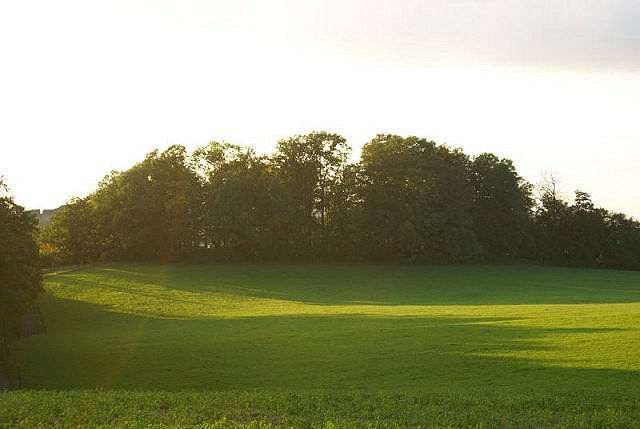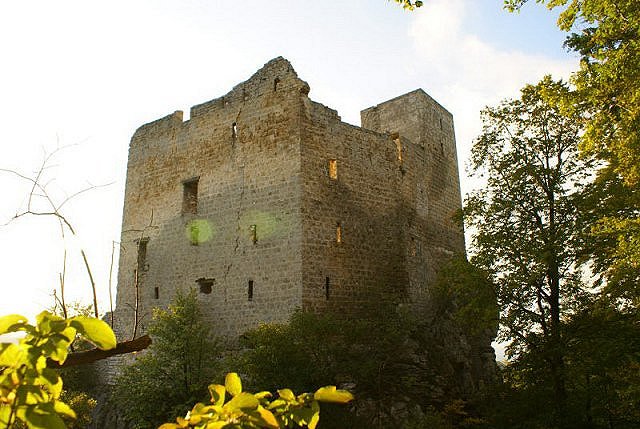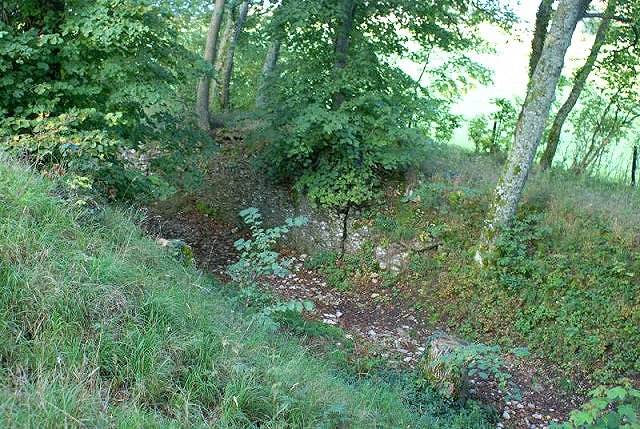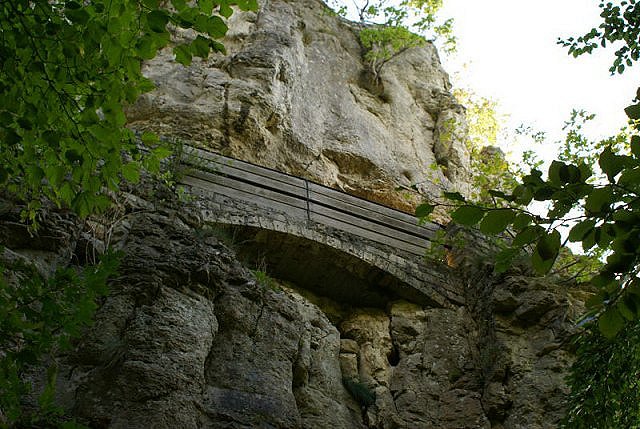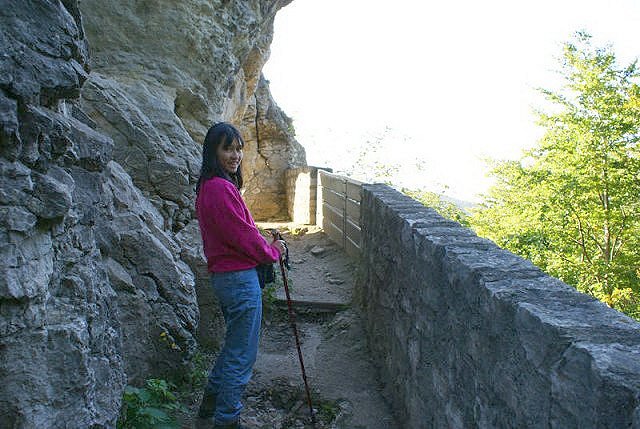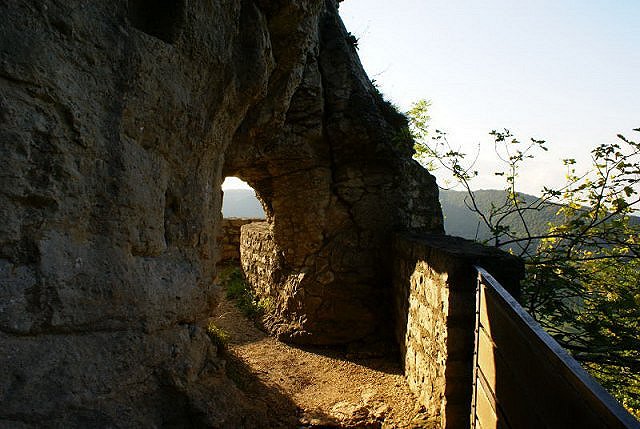Noted in records in the 1270s, Reussenstein most certainly predates this record. The surrounding area was ideal for Celtic hill forts, and the castle site itself shows evidence of such a fort. The castle was originally owned by the Dukes of Teck as a guard post for the Neidlingen valley. Diethoh von Kirchheim-Stein owned the castle in the early 1300s, and his son sold it to his cousins Konrad and Heinrich Reuss, from which it received its name in 1371.
Unlike most other castles, Reussenstein went through eleven different owners over 50 years, including the Duke of Wurttemberg, who purchased it in 1381 not long after his defeat at the hands of the free citizens of Reutlingen in 1377. The Helfenstein family took possession in 1441, and the castle remained their home until 1550. It was largely abandoned soon after as too expensive to maintain, but remained in the family until 1627. Near the end of the Thirty Years War, the castle passed to Bavaria, then to the House of Furstenberg, and back again to Wurttemberg in 1806, where it remained largely until 1964. Afterwards, the district of Nurtingen worked to restore the damaged sections.
When you approach Reussenstein, you will see the view at left, with clear implications that it was once a Celtic hill fort. The photo above is of the remains of the ditch that surrounded the area where the castle was later built, and is a further indication that such a fort rested on the site prior to the 1200s.
Below left, the castle rests on a rocky cliff that is currently used by mountain climbers. If you look carefully on the cliff you can see a red spot... a climber going up the cliff-face!
Below right, Reussenstein's tower is closed, but the view from the rest of the castle is fantastic.
Reussenstein has seven distinct levels, if you don't count the sentry post at the entrance of the castle. To access most of these levels you have to cross a reconstructed stone bridge, to then pass through a narrow arch to reach the inner ward of the castle.
Below left, the view across the bridge, and below right, the narrow archway that goes into the castle.
